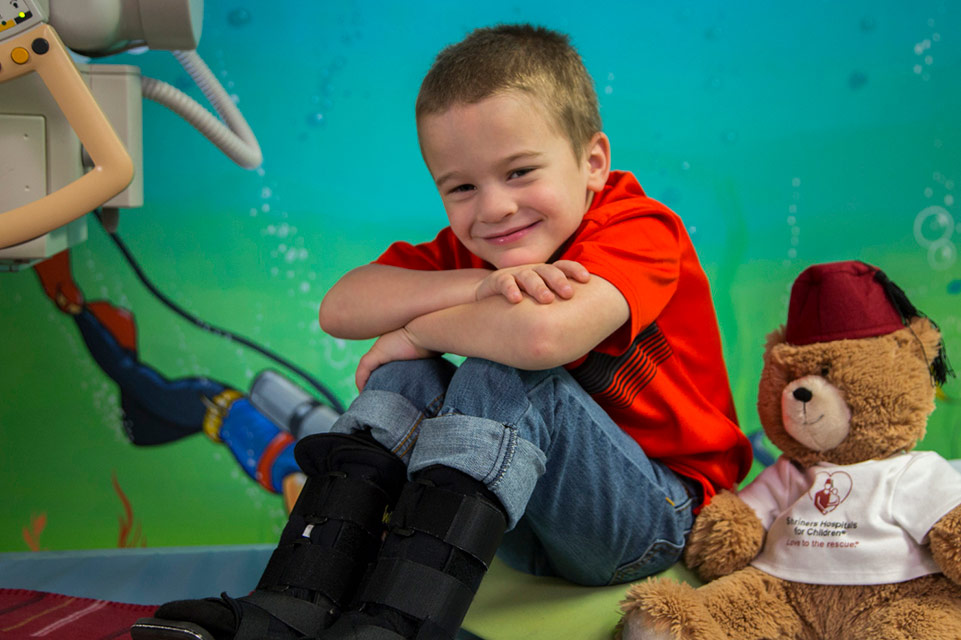Radiology and Imaging
Many children visit radiology and imaging the same day they're seen by a Shriners Children’s physician, which means no time lost scheduling another appointment or driving somewhere else.
Radiology and imaging is a noninvasive way for our pediatric specialists to see what is going on inside a patient, which helps determine the best treatment. At Shriners Children's, our radiology and imaging professionals work to do this in the safest way possible, using standard X-ray machines as well as more advanced imaging technology. Your child’s condition and specific needs will determine which radiology and imaging technology will be used.
What is an X-ray?
An X-ray uses radiation waves to take pictures. As an X-ray beam passes through your body, the tissues and bones absorb and/or block the beam, creating a shadow that's picked up on a film or sensor. On an X-ray, bones appear white, open space appears black and muscles or soft tissues appear grey.
When imaging children, we make sure we use the lowest possible radiation dose, described as ALARA (As Low As Reasonably Achievable).
The Benefits of EOS Imaging
X-rays expose children to radiation in low doses, but at Shriners Children's, we take additional steps to reduce this exposure. We use EOS imaging for many of the X-rays we take, and we have the largest number of EOS imaging systems of any healthcare organization. EOS is a medical imaging system that provides front and side images while limiting the X-ray dose absorbed by the patient who is either sitting or standing.
EOS offers a number of advantages over more traditional X-ray units, including fast, stress-free, low-dose radiation exams for children with hip, knee and spine conditions. It's ideal for children with conditions that require multiple X-rays. Studies have shown that using low-dose EOS imaging can reduce the radiation dose by 55% compared with digital and computed radiography (standard X-ray technologies), without compromising image quality.
Eliminating the Fear of X-rays
EOS scans are also easier for children that may have a fear of X-rays. These scans, which take 6 seconds or less with a total exam time of 3-4 minutes, capture both front and side views of a child's body and can be taken with the child sitting or standing in a natural, weight-bearing position. There's no need for them to lie down or turn over.
A Clearer Picture
With these consistent, high-quality images, EOS can deliver more precise measurements, in addition to providing 2D and 3D views of a child’s bone structure. The EOS images can give our physicians a clearer picture of a problem and its complexities, which allows them to deliver a more accurate diagnosis and create a more personalized treatment plan. The 3D images can also help plan more effective pediatric surgeries.
Understanding Your Child’s Radiology and Imaging Appointments
Both types of imaging appointments – standard and EOS – start the same way. A radiology technologist will come to the waiting area, call your child’s name and bring your child into the X-ray room to explain and show them, and maybe you, how the exam will be performed.
Your child should wear comfortable loose-fitting clothes if possible, and may be asked to change into a patient gown, depending on the exam.
As a parent, you may want or need to stay in the room with your child during the imaging. The technologist performing the scan can discuss your options and help with protective gear if you will be in the room.
Imaging
EOS Imaging
An EOS scan is performed with the child sitting or standing while the machine scans their spine, lower extremities and/or hands. The exams are fast and easy, taking about 6 seconds, and taking multiple images at once.
Traditional X-rays
If you child is having standard X-rays taken, they may need to lie on an X-ray table, sit in a chair or stand during the scan. The lights are kept low in the room so the technologist can see the light on the equipment that helps them focus on the correct body part. While the scans are being taken, it's important your child holds still. This will eliminate the need for additional X-rays, which keeps your child’s radiation dose as low as possible.
After the Scan
Once the images are taken, the technologist will bring your child (and you if you've joined them for the X-ray) back to the waiting room and show you the way to clinic for your visit with your physician. The results of imaging and X-rays and how that information may affect your child's plan of care will be discussed with you by your care providers.
With the EOS system, we no longer have to stitch together multiple smaller images to see an entire area. These quality images enable us to better understand where the problem is and its complexity before we operate, thus bettering our ability to correct the problem.
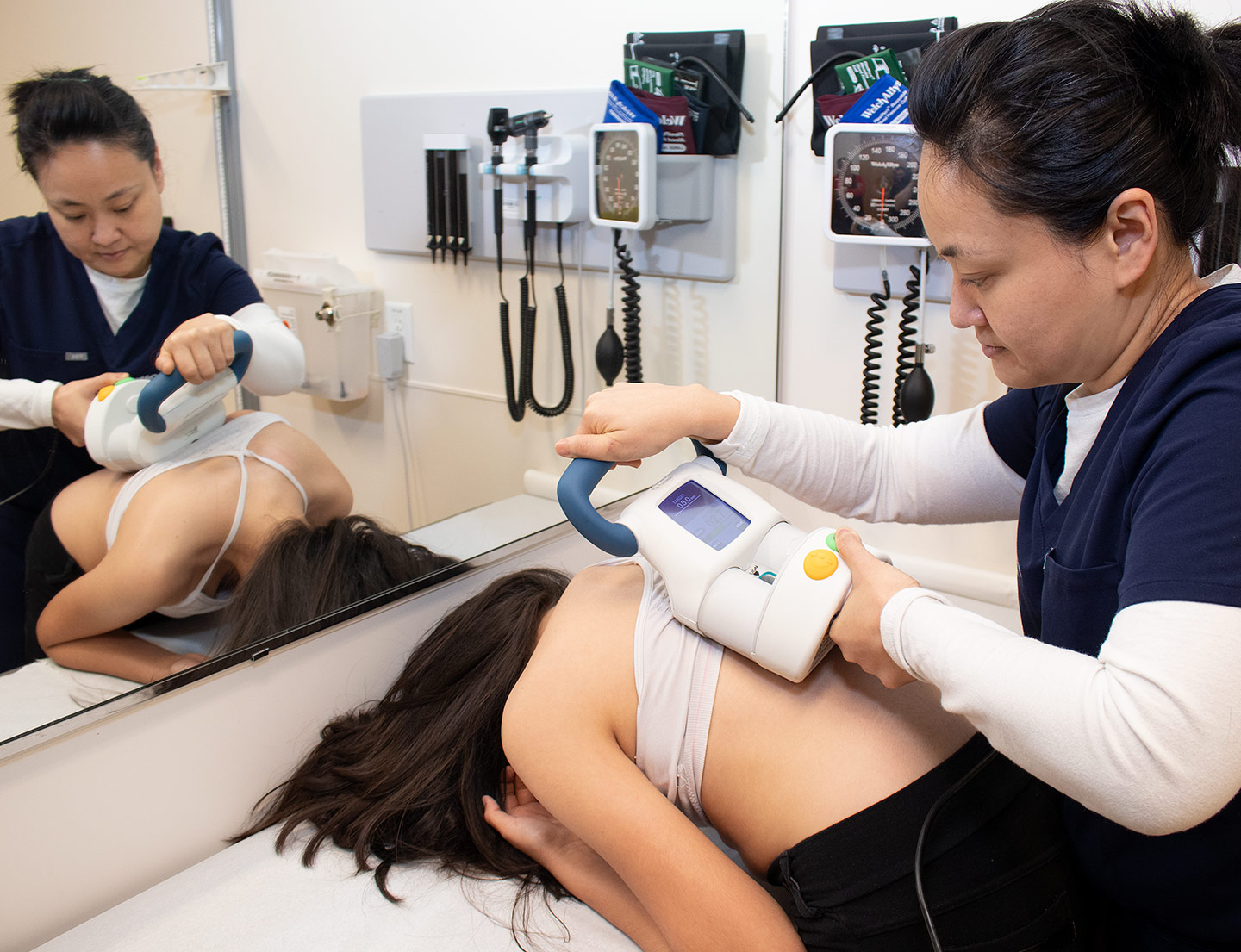
The MAGEC System for Guided Bone Growth
Conditions We Treat
View All Related Conditions
Kyphosis
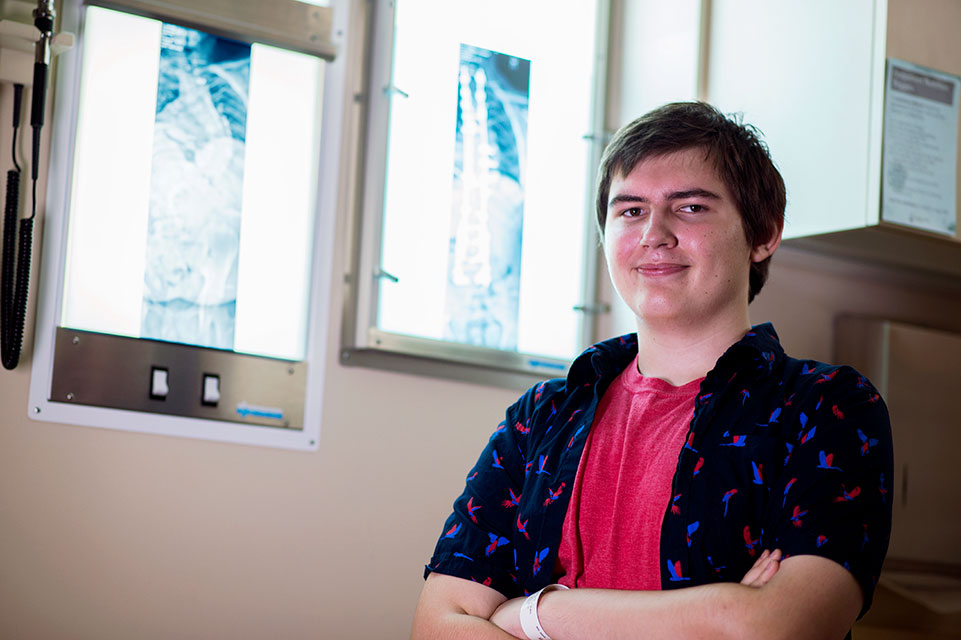
Hip Dysplasia
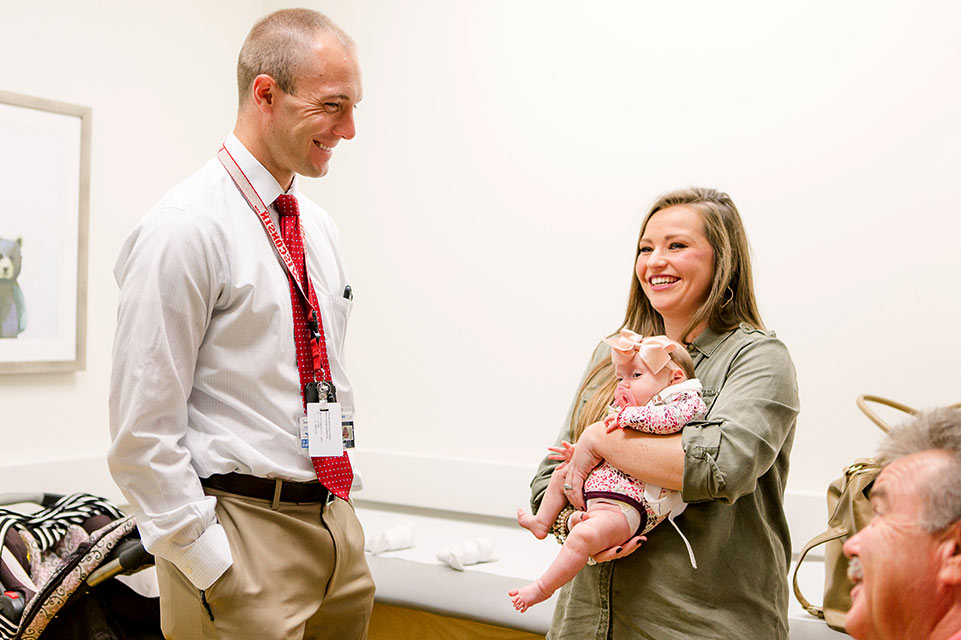
Cerebral Palsy
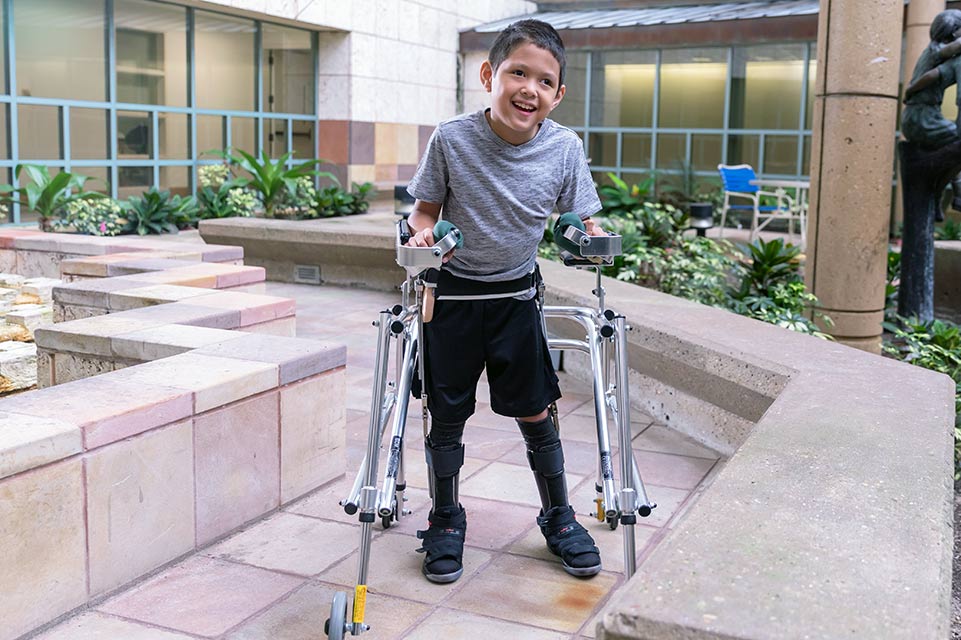
Limb Deficiencies
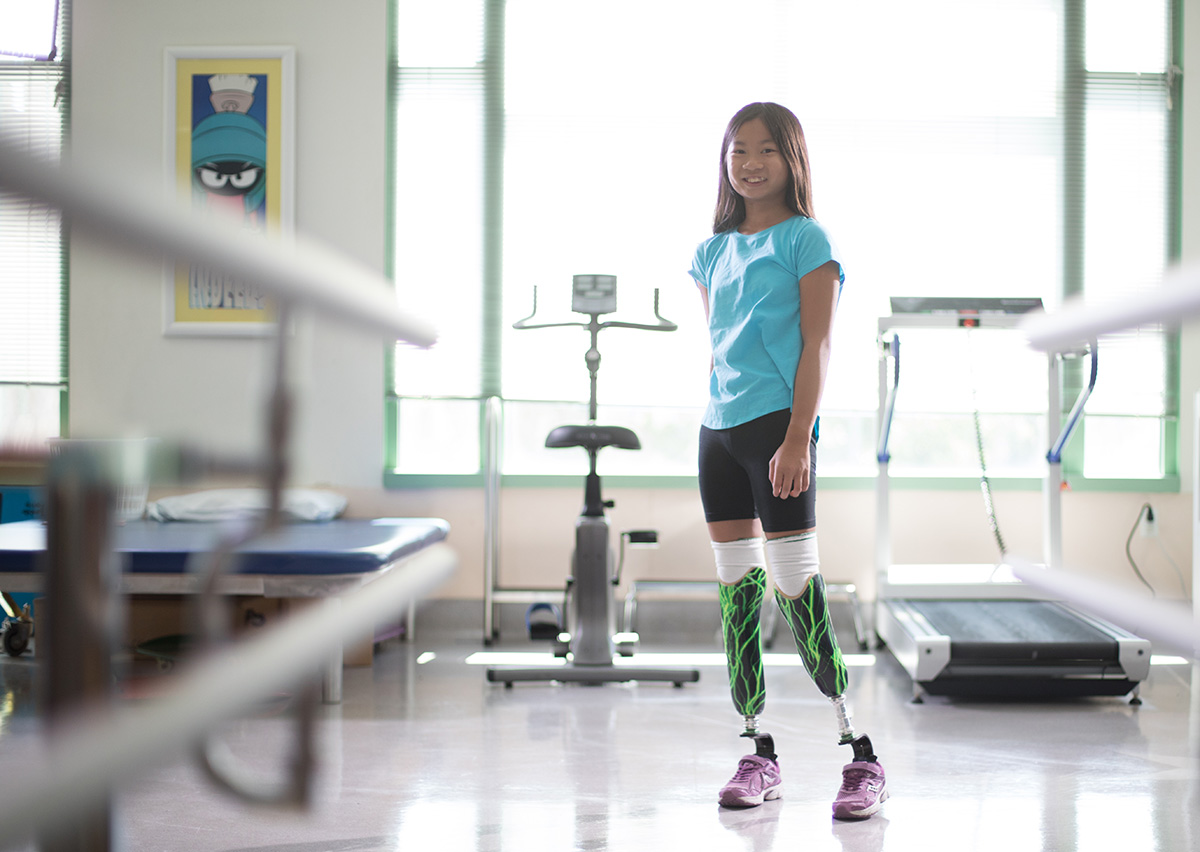
Fractures
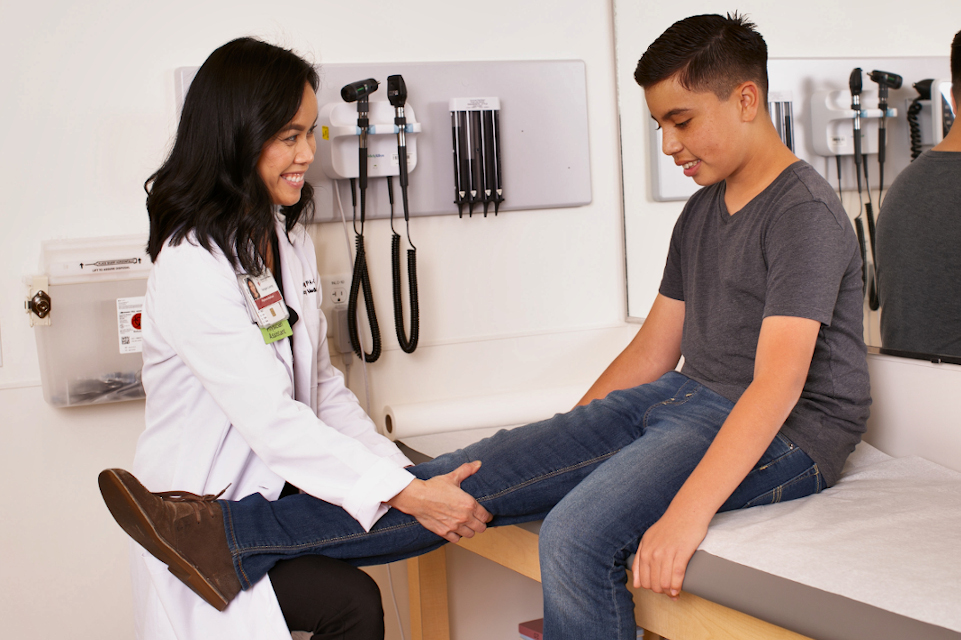
Knee Injuries
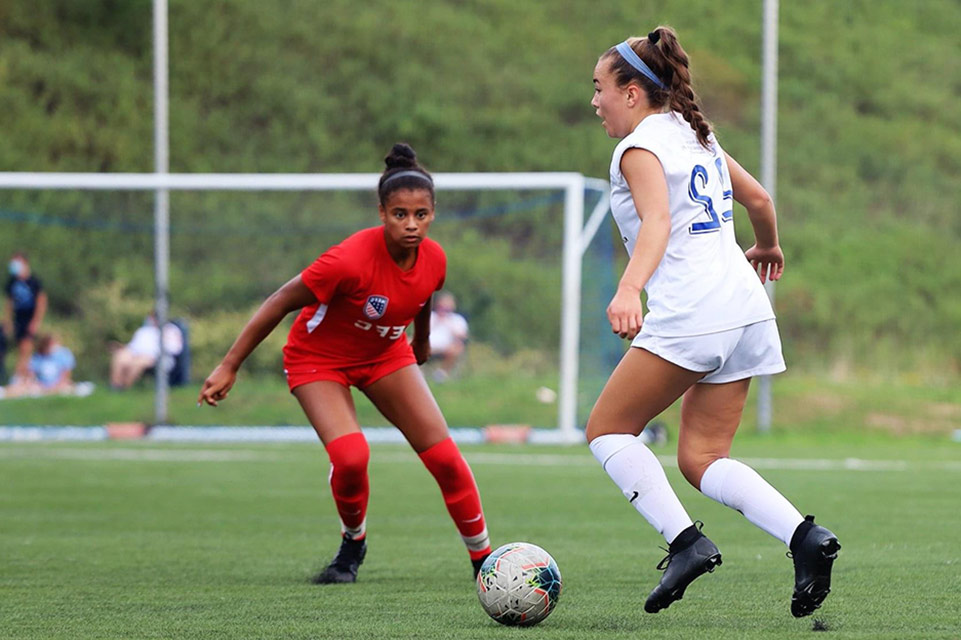
Clubfoot / Club feet
